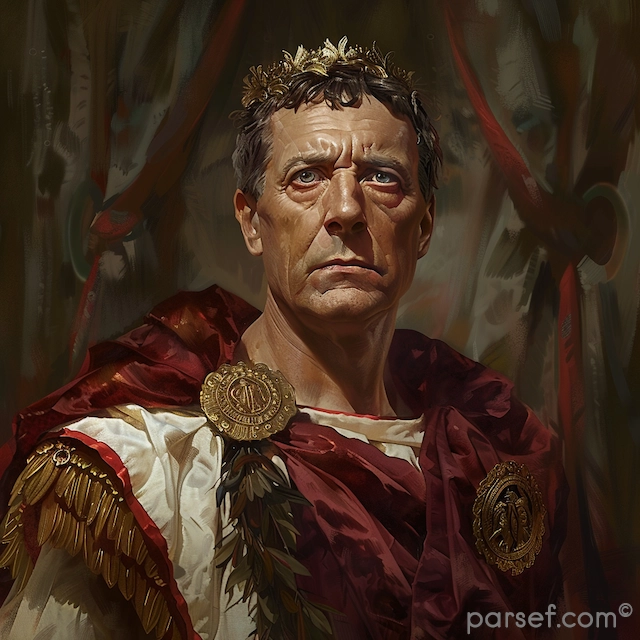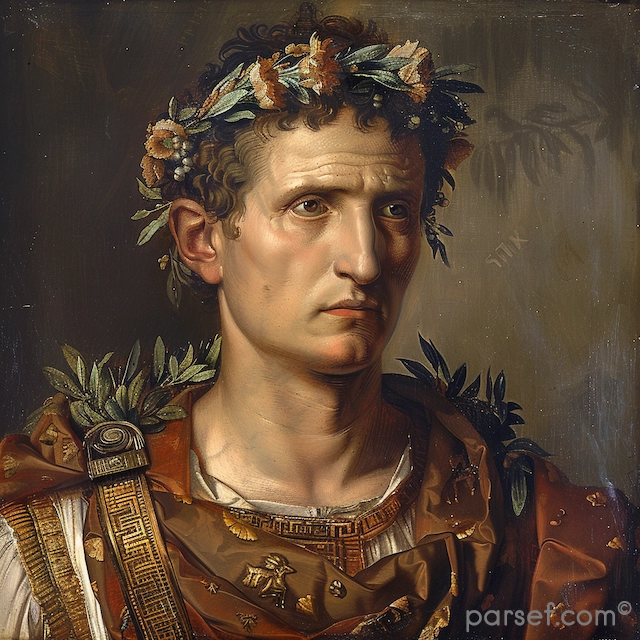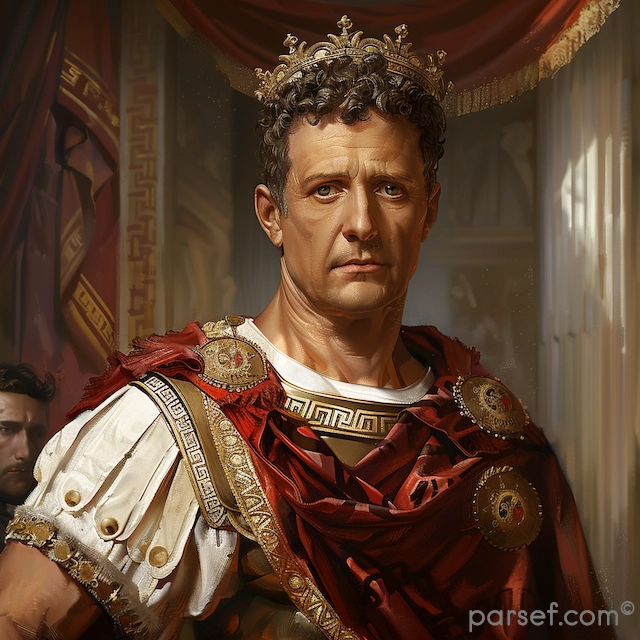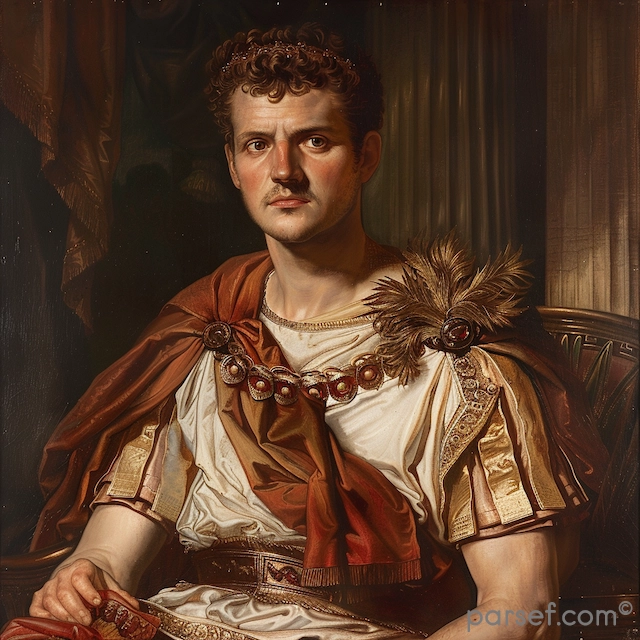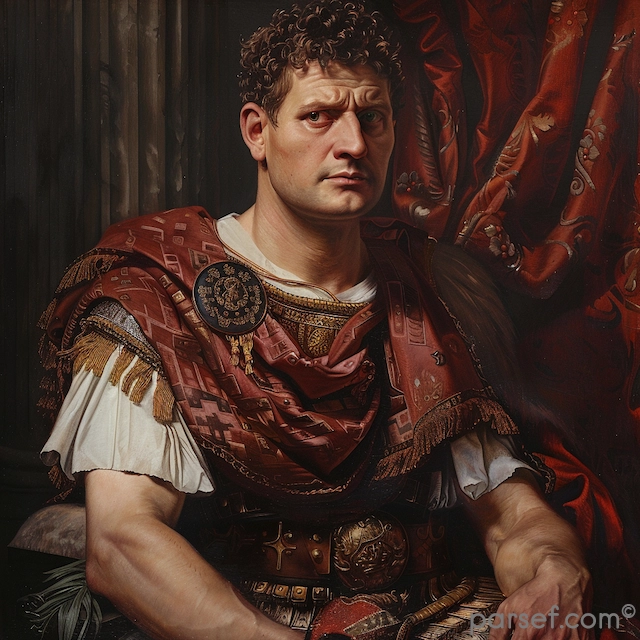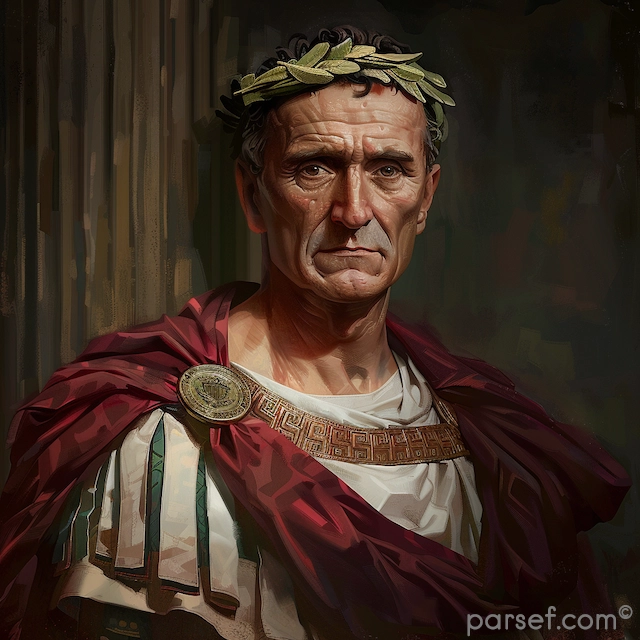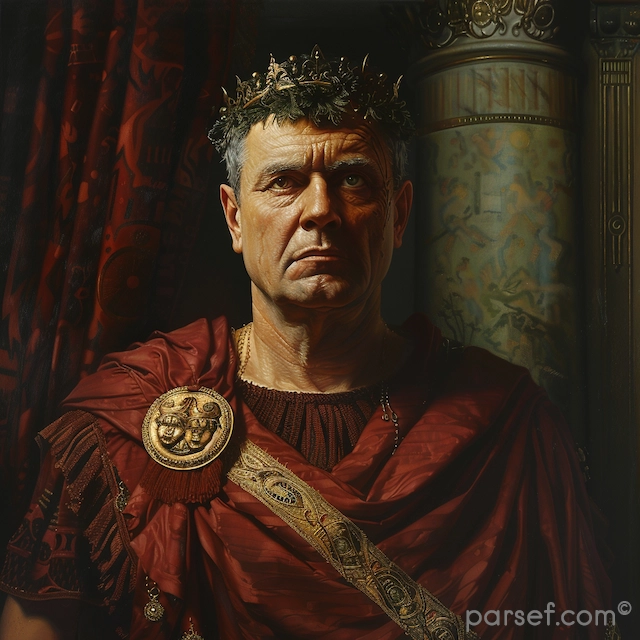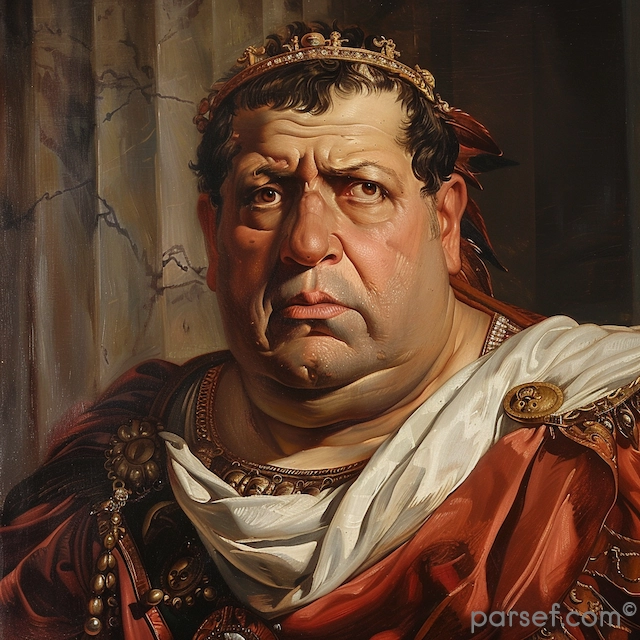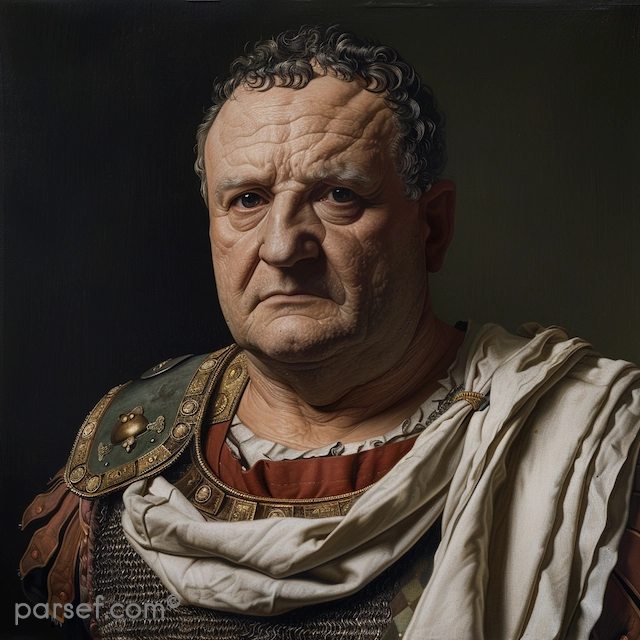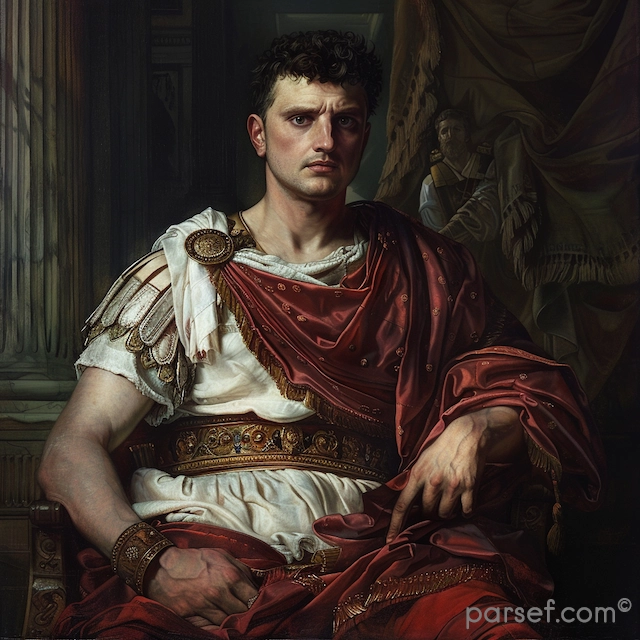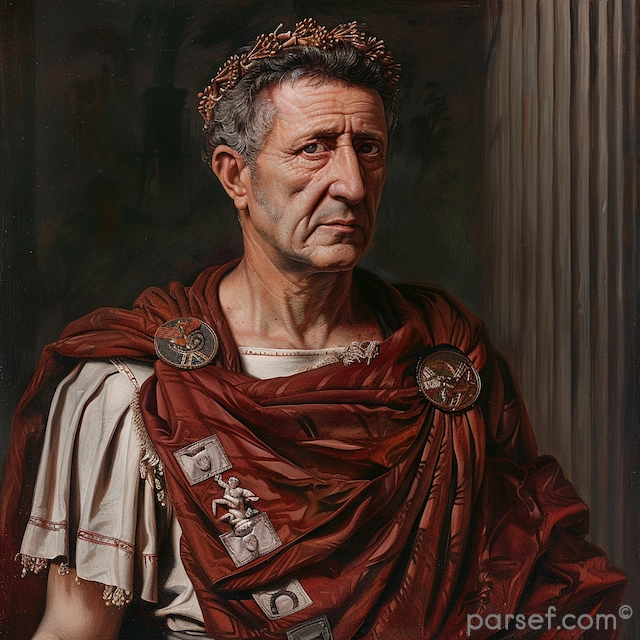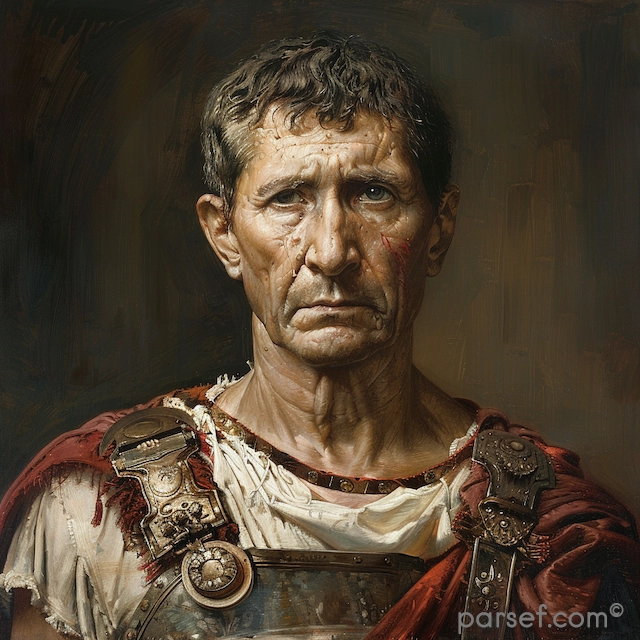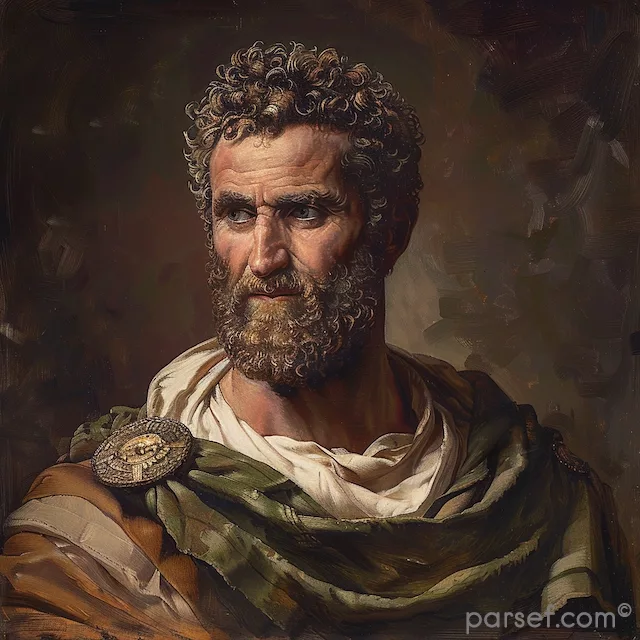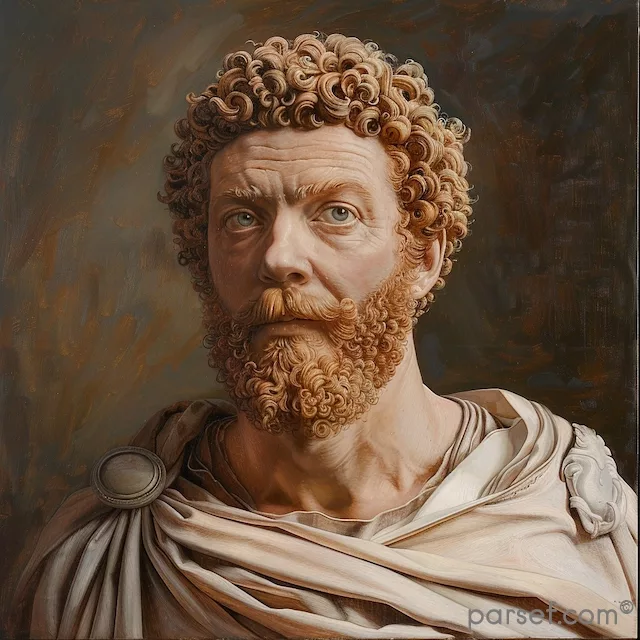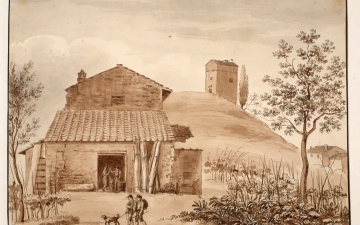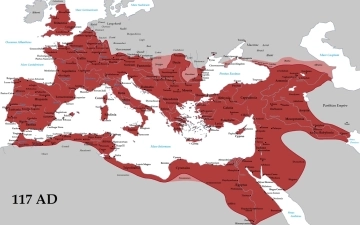Pertinax: The Brief Respite in Rome’s Chaotic Succession Crisis
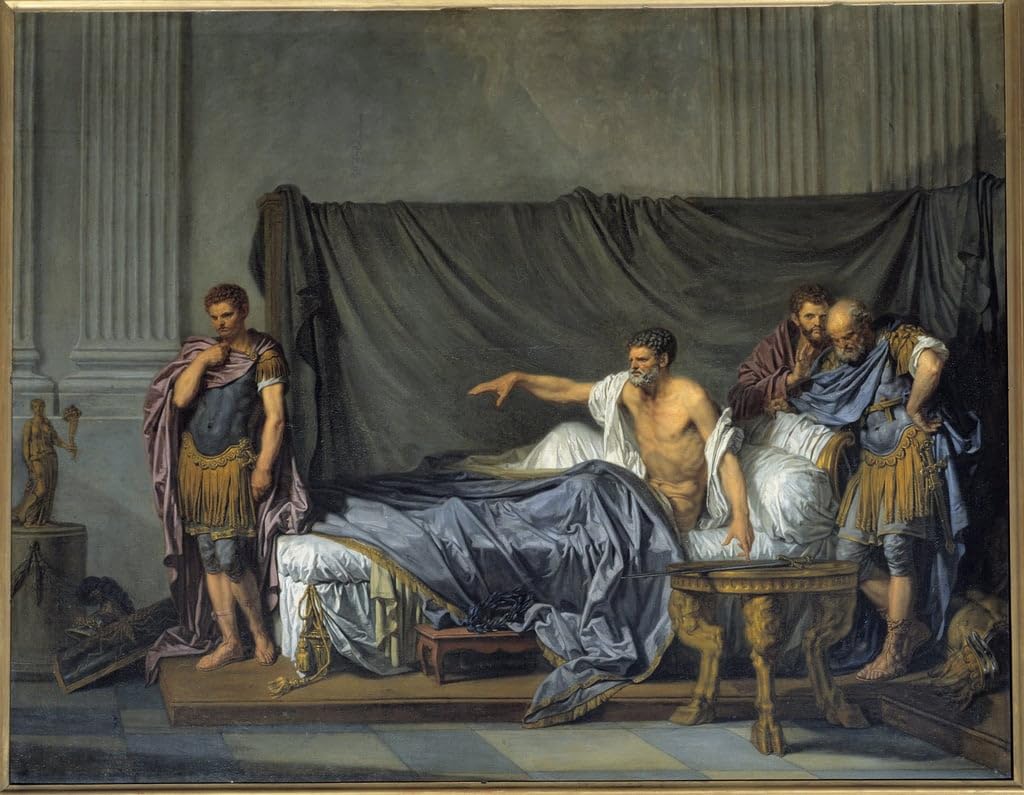
The latter part of the 2nd century AD was a period of profound instability for the Roman Empire. The capricious and tyrannical reign of Commodus had left the empire in a state of disarray. His assassination in 192 CE ushered in a chaotic period often referred to as the Year of the Five Emperors. Amidst this turmoil, a figure emerged who offered a brief respite from the chaos: Publius Helvius Pertinax.
Pertinax was a far cry from his predecessor. A seasoned general and experienced administrator, he had earned a reputation for honesty, integrity, and competence. His appointment as emperor by the Senate was seen by many as a return to traditional Roman values.
Upon assuming power, Pertinax immediately set about reforming the empire. His primary focus was to restore fiscal stability. The extravagant spending habits of Commodus had drained the imperial treasury. Pertinax implemented austerity measures, reducing the size of the imperial household and cutting back on lavish public expenditures. These reforms were essential to prevent economic collapse.
Another key area of focus for Pertinax was the reform of the Praetorian Guard. This elite military unit had grown increasingly powerful and corrupt under Commodus. They had become a law unto themselves, and their involvement in the emperor's assassination highlighted their dangerous influence. Pertinax recognized the need to curtail their power and restore discipline to the guard.
While Pertinax's reforms were essential, they were also unpopular. The Praetorian Guard, in particular, resented the emperor's attempts to reduce their influence. Their resentment would ultimately lead to his downfall.
Pertinax was a man of principle, but he was also a realist. He understood the precarious nature of his position and the constant threat to his life. Despite the dangers, he remained committed to his duties and to the welfare of the empire.
Tragically, Pertinax's reign was cut short after only a brief period of three months. In January 193 CE, the Praetorian Guard, in a blatant act of mutiny, assassinated the emperor within the walls of the palace. His death plunged Rome back into chaos, as ambitious individuals vied for the imperial throne.
The brief reign of Pertinax serves as a stark contrast to the tyranny of Commodus. It is a reminder of the potential for good governance even in the darkest of times. While his legacy is overshadowed by the tumultuous events that followed, Pertinax's memory lives on as a symbol of integrity and duty.
His assassination marked a turning point in Roman history, as the crisis of imperial succession deepened. The empire would continue to be plagued by instability and civil war for decades to come.
Related Posts
Severus Alexander: The Emperor Who Faced Down Crisis and Attempted to Restore Order
Severus Alexander, often overshadowed by the more flamboyant and controversial emperors who preceded him, was a ruler who ascended to the imperial throne at a time of profound crisis. His reign, while ultimately brief, was marked by a determined effort to restore order and stability to the Roman Empire. Grandson of...
Read MoreLeadership and Planning Skills That Help with Moving
Relocating to a new home or city can be one of life's most stressful events. It involves juggling logistics, coordinating multiple people, and making critical decisions, all while managing the emotional toll of change. But if you approach your move with strong leadership and effective planning skills, the process becomes...
Read MoreLiving Smarter in 2025: A Holistic Guide to Thriving in the Modern World
As we advance further into the digital age, life in 2025 is defined by a seamless fusion of technology, tradition, and personal growth. From AI-powered finance to deeply rooted spiritual customs, from smart home living to innovative educational tools, people today are reimagining how to live, work, worship, and grow. This...
Read MoreA Journey Through Time: Mapping Ancient Rome and Jerusalem
For centuries, Rome and Jerusalem have captivated historians and travelers alike. These two powerful cities, though geographically distant, were intertwined throughout much of their ancient history. But how close were they? Let's explore maps depicting these ancient cities and their respective empires. The Mediterranean World: A Roman Sea During the height of...
Read MoreMatthew Henry’s Concise Commentary: A Timeless Guide to Biblical Understanding
Matthew Henry’s Concise Commentary on the Whole Bible is one of the most enduring and widely used resources for Bible study. Known for its clarity, depth, and spiritual insight, this commentary distills the essence of Matthew Henry’s original six-volume work into a shorter, more accessible format. It has been cherished...
Read MoreDriving Toward the Future: Innovations in Sustainable Automotive Technology
As the global focus sharpens on climate change, energy efficiency, and sustainable living, the automotive industry stands at a critical crossroads. Manufacturers, engineers, and policymakers are working in concert to reduce carbon emissions, enhance fuel economy, and reshape transportation for a cleaner tomorrow. At the heart of this revolution lies...
Read More